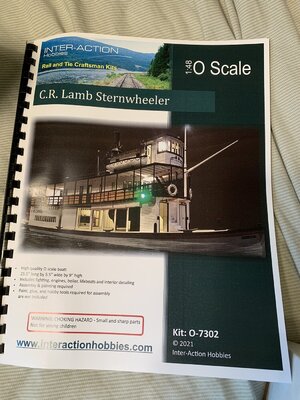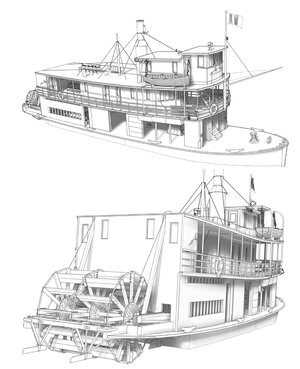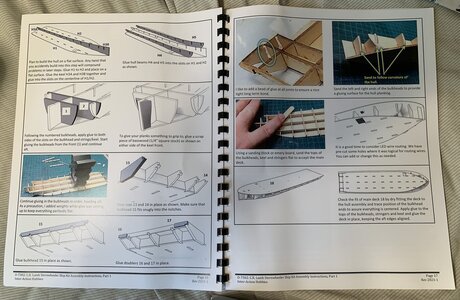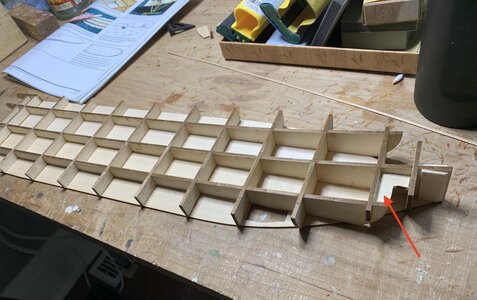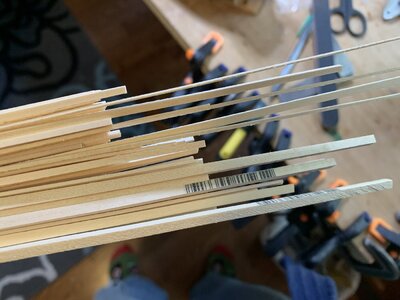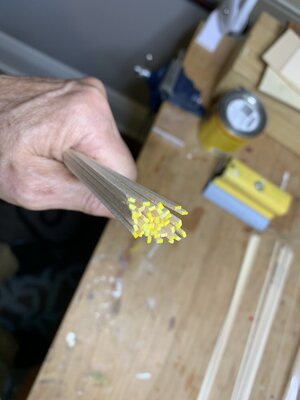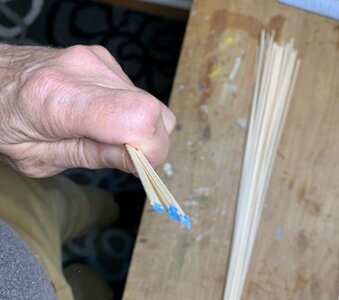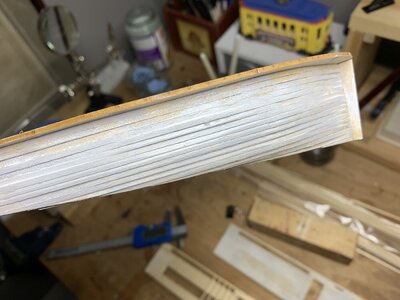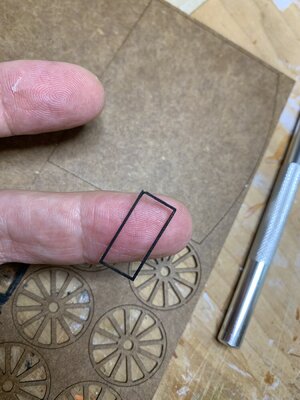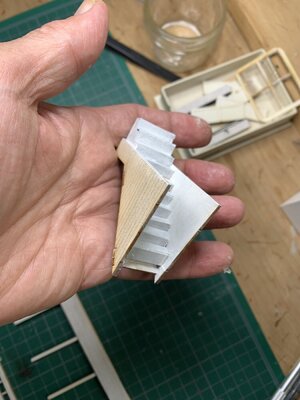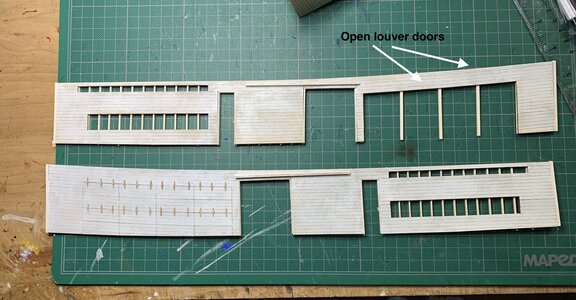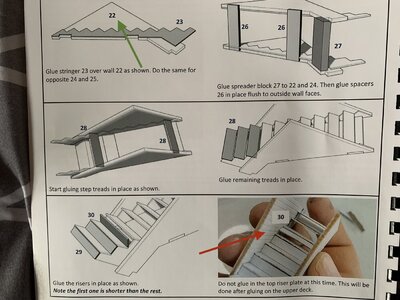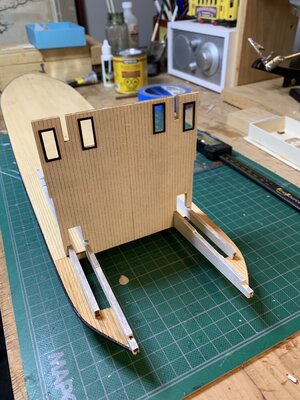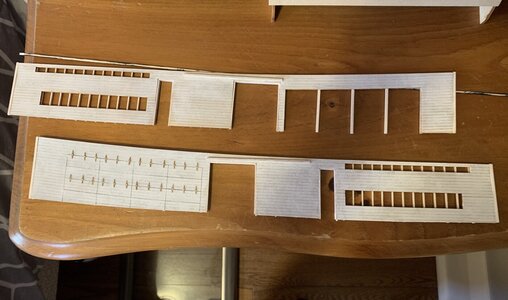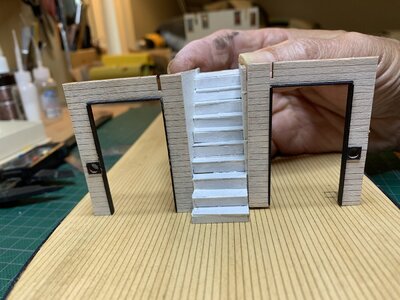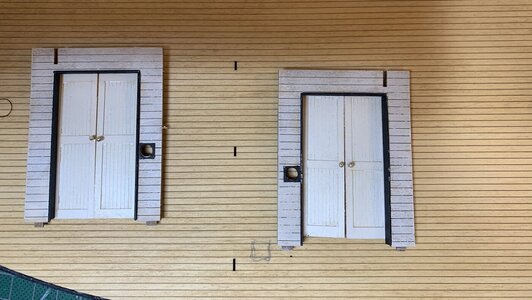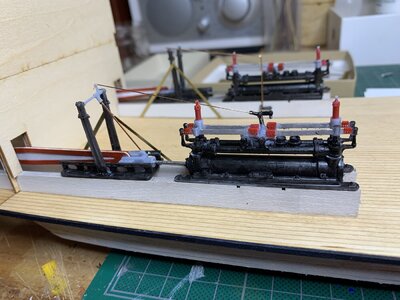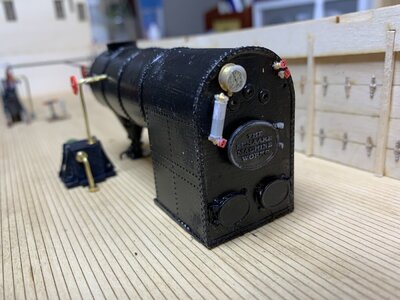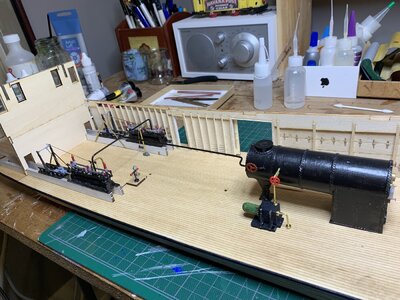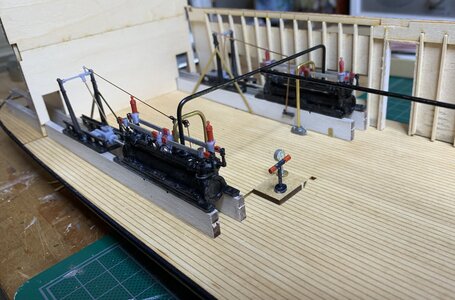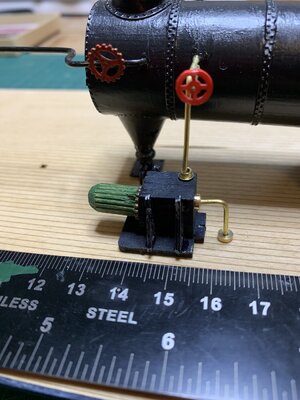This is the beginning of my build log for the CR Lamb, an early 20th century sternwheeler. I found this kit thanks to a fellow modeller. Inter-Action is a Canadian-based hobby supplier that seems to be focussed on train scenery and diorama items. This is their only ship kit (as far as I know). I was very impressed when I opened the box. The materials seem first-rate in quality and there are 2 cerlox bound binders with detailed descriptions, photos and illustrations.This is the most detailed and comprehensive set of build instructions I have seen in a kit - a sample of a a few pages is included below.
